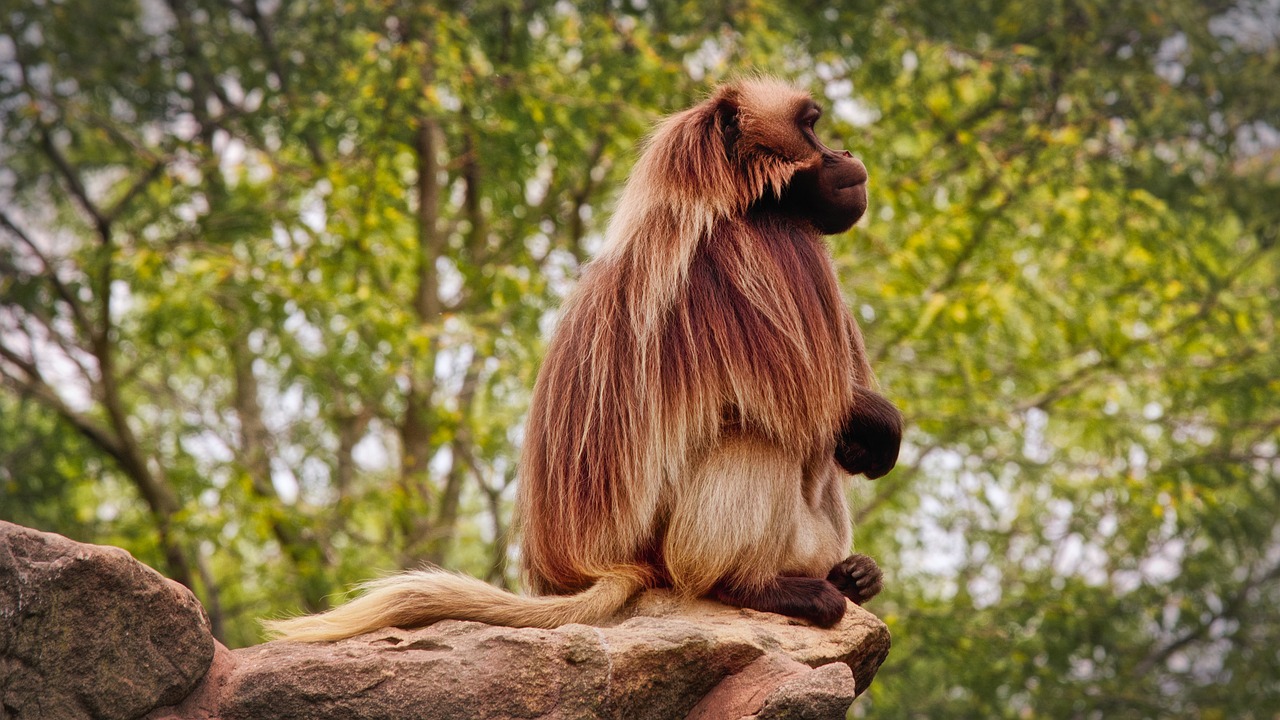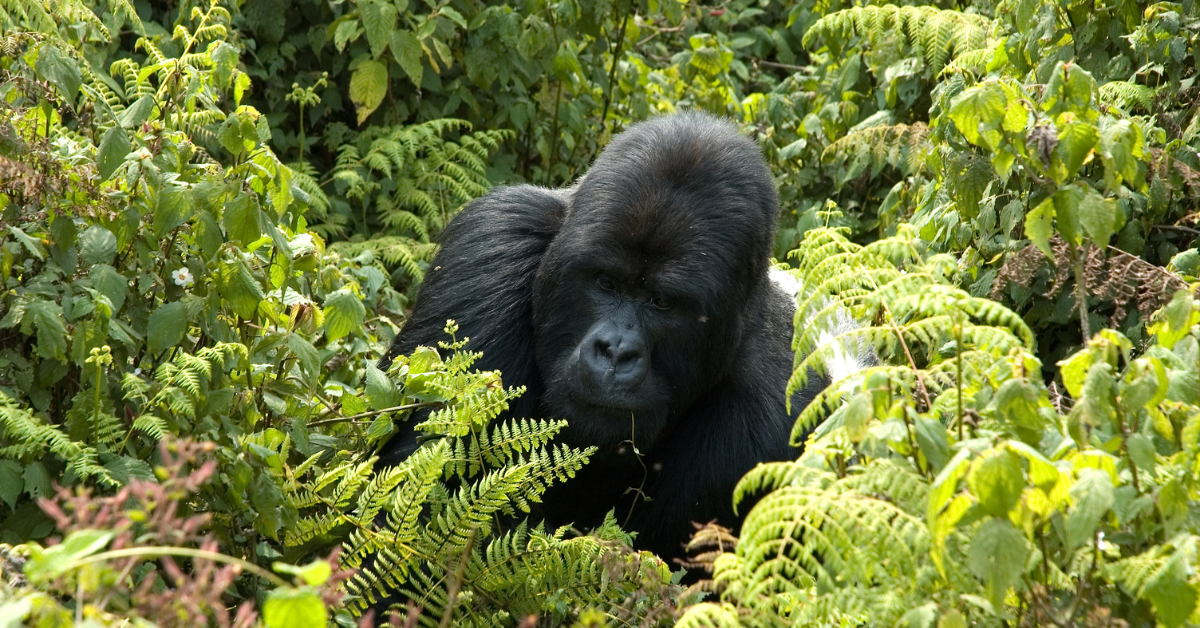
In this article, we will delve into the fascinating topic of gorillas and their swimming abilities. Despite the innate swimming capabilities found in many animals, gorillas, with their unique anatomy, do not possess this skill. Through a scientific and objective lens, we will explore the five main reasons why gorillas are unable to swim.









